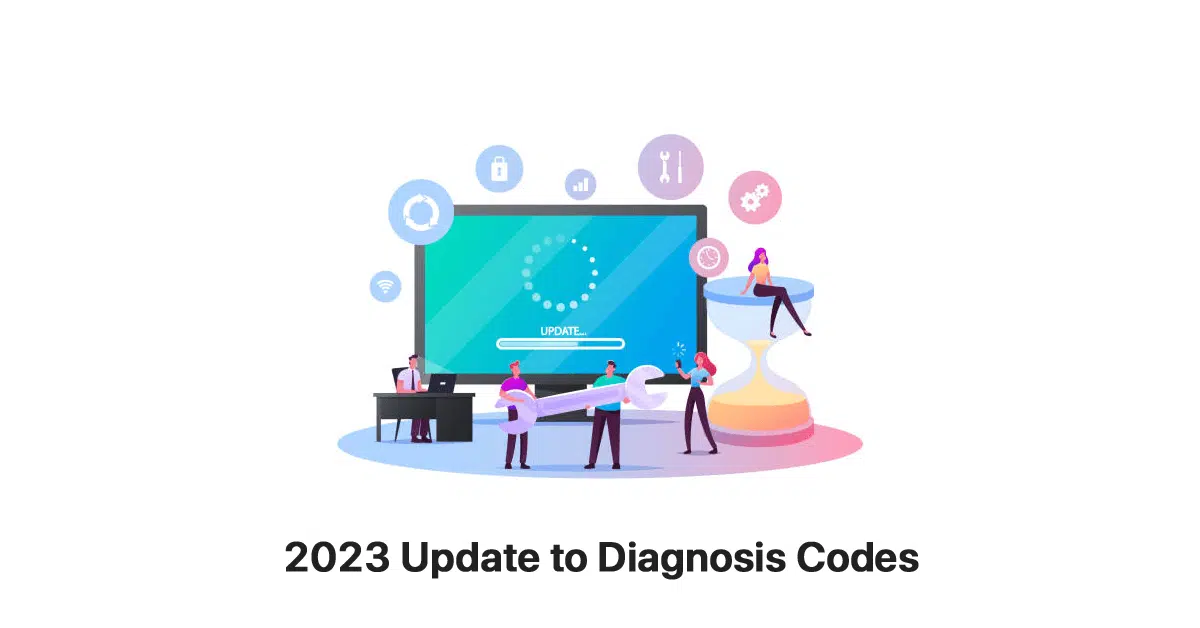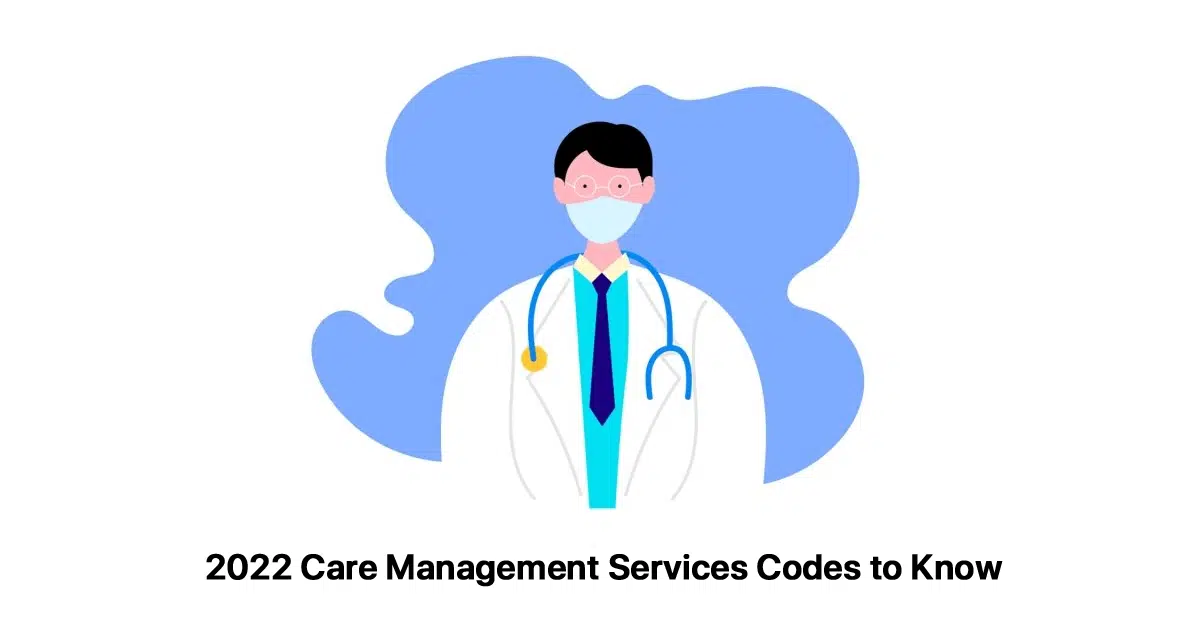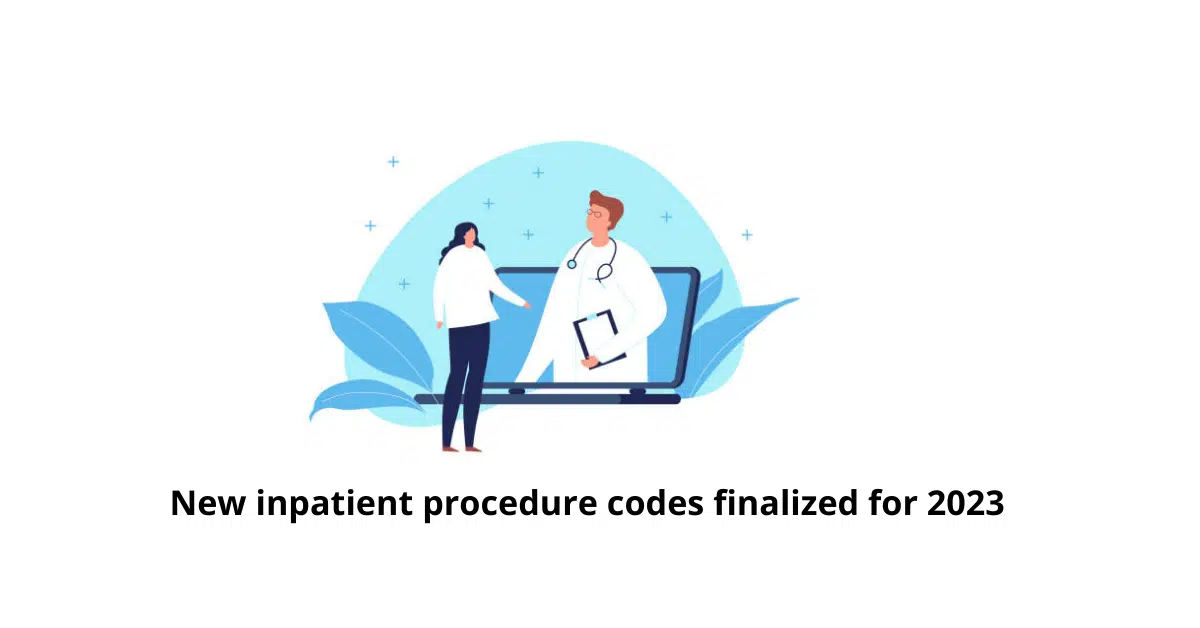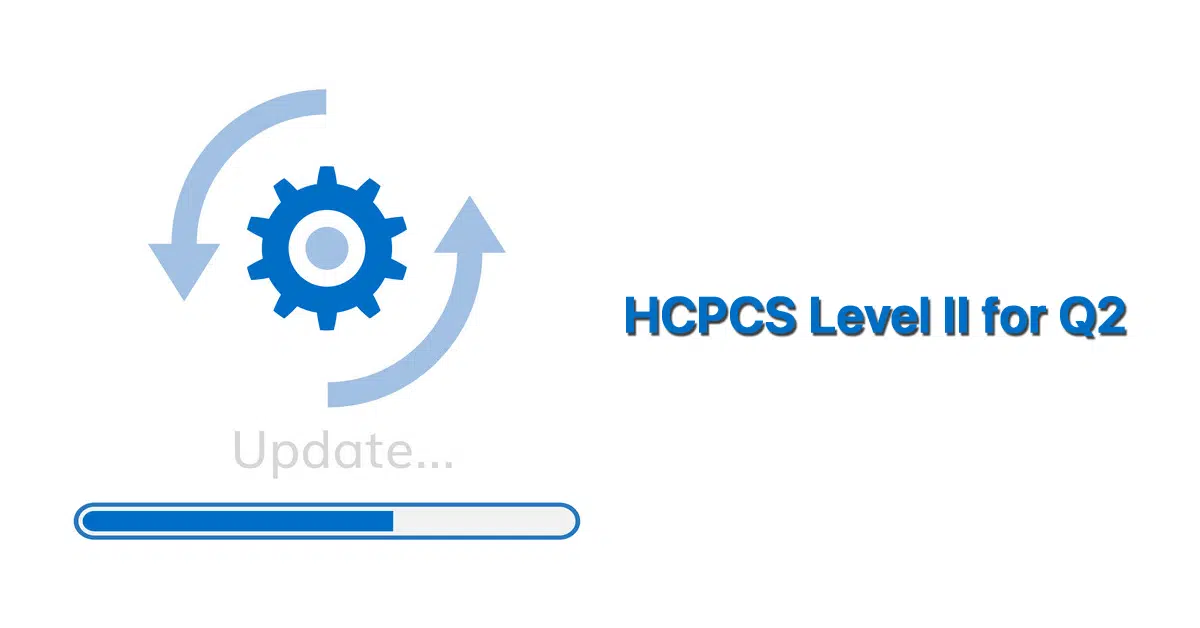Exactly 1,468 new diagnosis codes will be added to the ICD-10-CM code set for fiscal year (FY) 2023. Moreover, 251 codes will be deleted, 35 code descriptors will be revised, and 36 codes will be converted to parent codes. The changes go into effect Oct. 1. Review the Latest Files The diagnosis code files and […]
Question: Can you please tell us what the new codes are for principal care management and chronic care management? Answer: There are three new codes in the care management section of the CPT codebook. Care Management Services Principal Care Management Services New CPT codes have been added in 2022 to describe “Principal Care Management Services.” […]
CMS finalized the fiscal year (FY) 2023 inpatient procedure code set along with accompanying guidelines. KEY TAKEAWAYS331 new procedure codes will become effective October 1.The middle revenue cycle will need to be updated on recent coding changes that will affect hospital reimbursement. The FY 2023 ICD-10-PCS procedure code set and the ICD-10-PCS Official Guidelines for […]
Look for them at a hospital near you. The ICD-10-PCS update for fiscal year 2023 is now available. To prevent coding errors that result in claim denials, inpatient coders should download the code files and familiarize themselves with the changes to inpatient coding that go into effect Oct. 1. The fiscal year (FY) 2023 ICD-10-PCS […]
A quarterly update for the Clinical Laboratory Fee Schedule (CLFS), issued May 4, includes nine new CPT® codes for proprietary laboratory analyses (PLAs). Medical coding and billing staff that process claims for lab testing should be aware of these codes and pricing. 9 New PLA Codes The following PLA (type of service 5) codes are […]
The American Medical Association (AMA) today announced an editorial update to Current Procedural Terminology (CPT®), the nation’s leading medical terminology code set for describing health care procedures and services, that includes newly assigned provisional CPT codes for COVID-19 booster candidates from Pfizer and Sanofi-GlaxoSmithKline. The Pfizer booster candidate is proposed for use in children ages […]
NDCs will help you determine when to use 0094A and 91309. If you’ve been waiting for news on Moderna’s booster dose-specific COVID-19 vaccine for adults, check this out: The Food and Drug Association (FDA) revised the emergency use authorization (EUA) to include this booster as of March 29, 2022. Assign 0094A, 91309 for Booster Dose […]
Medical Coding Updates and Insights Unveiled Effective April 1, 2022, the HCPCS Level II code set, which is employed to record medical services and provisions, will encompass the integration of 37 novel codes. Furthermore, the second quarter revision encompasses the elimination of five codes and a refinement of the description for one modifier. Lay Terms […]
Cluster coding is a new feature for coding professionals. The World Health Organization (WHO) began developing the International Classification of Diseases, Eleventh Version (ICD-11), in 2007, and first released a preliminary version for evaluation and testing in 2016 – ironically, just one year after the U.S. finally adopted a clinical modification of the WHO’s ICD-10 […]
Severe maternal morbidity often intersects with cesarean deliveries. Reducing the number of cesarean deliveries can lower the maternal mortality rate, and one of the drivers of cesarean rates is thought to be induction of labor (IOL). In 2014, the American College of Obstetricians and Gynecologists (ACOG) adopted definitions for labor, labor induction, and augmentation of […]






